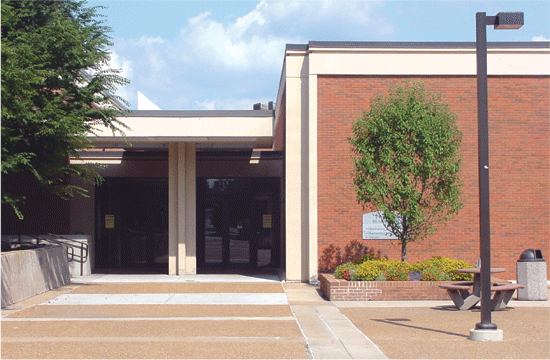
Just when you think you finally know it all, because you have been
homeschooling for decades, along comes solid proof there is always
something more to learn.
Here’s what I mean.
For years we at PHS have been encouraging families to explore the “dual
credit” option.
Briefly, this consists of enrolling your high-school student in college
classes, and then counting them for both high-school and college credit.
For example, your daughter could take Precalculus at your local
community college. As a one-semester college course, this is worth two
semesters of high-school math, or one full Carnegie unit. And later,
when your daughter enrolls in college, this class will be counted as
college credit as well, even if she attends a different institution,
provided that the new college accepts that particular class for transfer
credit.
It sounds great, right? No downside!
That’s what we thought, until our youngest son ran into the Dual Credit
Financial Aid Trap.
Our Story
We initially thought that engineering would be a great career choice for
Gregory, given his personality. Good engineering schools are hard to get
into, let alone with really good scholarships, so we thought he would
have an advantage if he took lots of difficult science and math courses
while in high school.
The easiest way to get college-level chemistry, physics, calculus, and
so on was to enroll Greg in our local community college as a dual-credit
high-school student.
So, starting his sophomore year in high school, Greg started taking math
and science dual-credit courses. Since his older sister had sparked an
interest in theatre, he also signed up for an “Introduction to Theatre”
course that he dropped once he saw the sleazy plays this particular
professor was assigning. We didn’t think that withdrawing from the
course practically at the beginning of the semester was a big deal.
This was our first mistake.
Operating on the theory that it’s good to try out things in high school
before committing to a college major, Greg signed up for (and quickly
dropped) classes in filmmaking, HTML, and biology. Meanwhile he kept
racking up the advanced math and science courses, plus more in his
emerging interest areas of political science and writing.
Not counting his AP credit, by the time Greg finished high school he had
completed 66 hours of college credit out of the 92 total hours he had
signed up for at one time or another.
This would not have been a problem if all these hours had been geared
towards a particular major. In fact, completing a two-year college
degree in the last two years of high school is exactly what the Bill and
Melinda Gates Foundation is trying to make happen for thousands of “at
risk” high-school students.
But since Greg (who is not “at risk”) had been taking (and trying out) a
wide variety of courses, many for personal enrichment, and many more
that didn’t apply now that he wasn’t going into engineering, he ran
afoul of a little-known federal financial aid regulation.
The “Satisfactory Academic Progress” Trap
Having been down the financial aid road before with my first five
children, I knew what to expect when it came to Pell grants, loans, and
state scholarships such as Bright Flight (for which Greg’s high ACT
score qualified him).
So I was baffled when his financial aid package didn’t include any of
these.
The reason? “Lack of satisfactory academic progress.”
This was a real head-scratcher. Since Greg had not even started his
first day as a college freshman, how could he not be making satisfactory
progress? And since his GPA was far above what was required to remain
enrolled, what were they talking about?
It turns out that you can only qualify for financial aid for up to 150%
of the credit hours required to earn a degree at an institution. This
means credit hours attempted, including courses from which you withdrew,
not just credit hours earned.
Since a 2-year degree is typically 60 credits, financial aid only
applies to 90 credits “attempted.” And Greg had more.
Since colleges also calculate a “completion” rate based on the ratio of
courses completed to courses attempted, even that statistic didn’t look
good. Never mind that Greg was only “trying out” the courses, not
dropping out at the last minute.
God Bless the Financial Aid Department
When we first asked the financial aid department about this, the desk
clerk basically told us this was the way it was and it was just too bad.
In fact, according to her, Greg couldn’t even collect his state merit
scholarship due to his “lack of satisfactory progress.”
Sure, that made sense. I could see why completing Calculus II while in
high school would make a student “unsatisfactory.” Not to mention that
every credit attempted or earned was paid for with our own money!
It turns out that financial aid departments do have some discretion as
to how to apply these rules. When we laid our case before him, the
department head came to our rescue with an override that allowed Greg to
collect his financial aid. He told us we would have to reapply for the
override every semester, and would face the same situation again when
Greg transferred to a four-year college (since by then he would be
bumping up against the “credits attempted” limit for a four-year
college).
Action to Take
I certainly intend to ask our Congressman to change the rules to exclude
credits earned (or attempted) in high school. In the meantime, now you
know:
- Don’t sign up for dual-credit courses that won’t apply to your
major, and
- Only withdraw from a course if you really need to; don’t
“try out” courses just for fun. Because losing your college financial
aid is no fun at all.